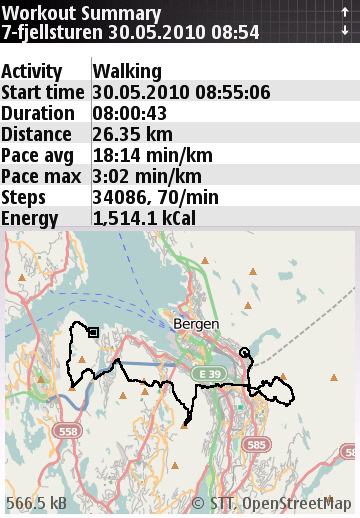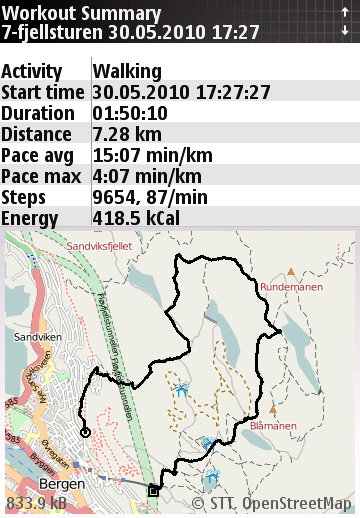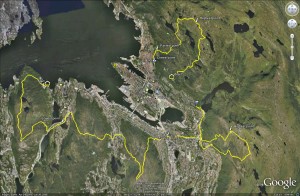How a journey from Florence to Bergen can prove Murphy’s law.
First schedule:
flight LH 4065 from Florence (18:50) to Frankfurt (20:30), connected with
flight LH 3128 from Frankfurt (21:25) to Bergen (23:20)
The first flight was cancelled. I was rescheduled for the next day and sent to a Hilton hotel.
Second schedule:
flight LH 4067 from Florence (06:35) to Frankfurt (08:15), connected with
flight LH 3126 from Frankfurt (09:05) to Bergen (11:00)
The first flight was delayed 45 minutes. I missed the connection and was rescheduled for some hours later.
Third schedule:
flight LH 3132 from Frankfurt (11:30) to Oslo (13:20), connected with
flight SK 269 from Oslo (14:25) to Bergen (15:15)
The first flight was delayed 45 minutes. I missed the connection and was rescheduled for some hours later.
Fourth and last schedule:
flight SK 273 from Oslo (15:50) to Bergen (16:40)
In the end, I came back to Bergen 17 hours and 20 minutes later than originally planned, with the burden of three check-ins (two in Florence, one in Oslo) and four security checks (two in Florence, one in Frankfurt, one in Oslo).
Lufthansa, “There’s no better way to fly”… Are we sure?


